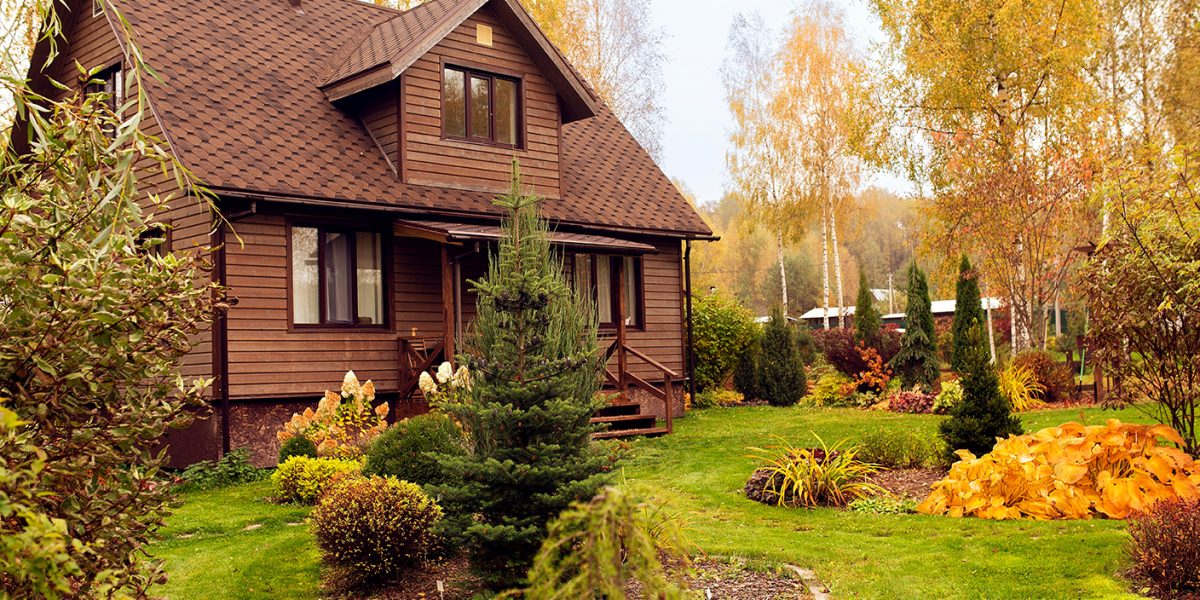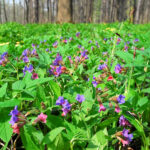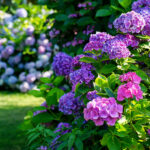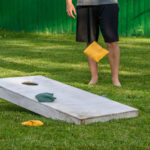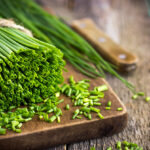Every year about this time we start asking the same questions. How is summer over already? Is too early for a pumpkin spice latte? What can I plant in my garden or is too late? The answer is, Fall is for planting, from bulbs to sod, let’s get to it!
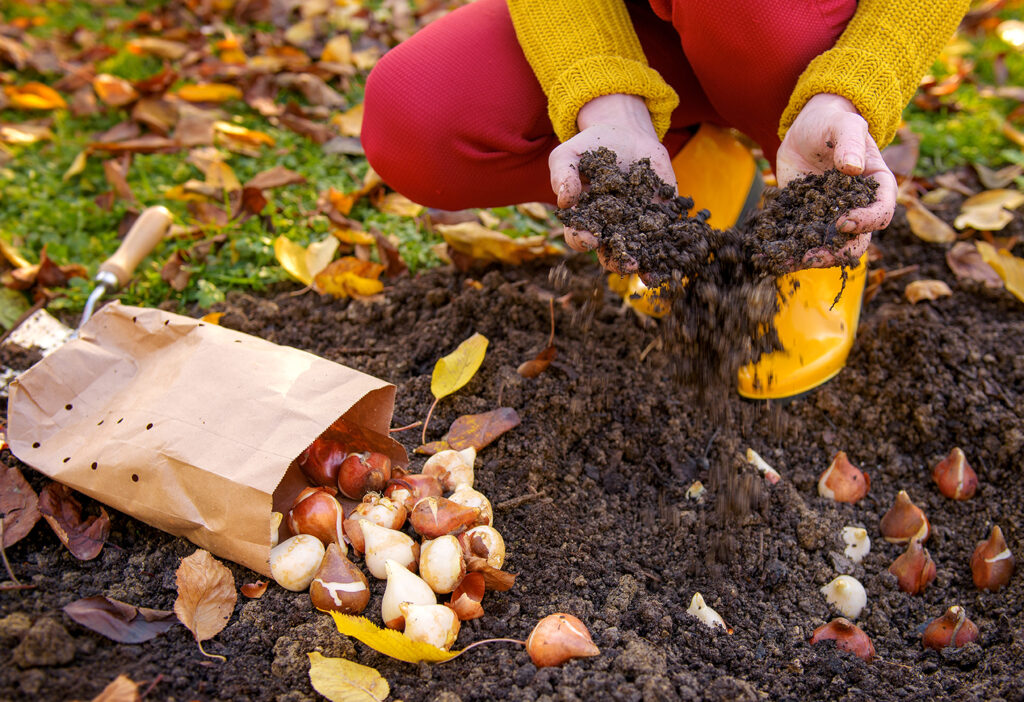
Bulbs
Spring-blooming bulbs require a cold period to be at their best so getting them in the ground before winter is ideal. Plant a variety of bulbs to ensure a long-lasting show of color in early spring to summer. There are a ton of different bulbs out there to choose from, depending on your location, styl, and budget. You can’t go wrong with the classics like tulips, crocus, daffodils and hyacinth. When contemplating what bulbs to get, consider their height for proper placement but also bloom time to ensure a continuous succession of flowers.
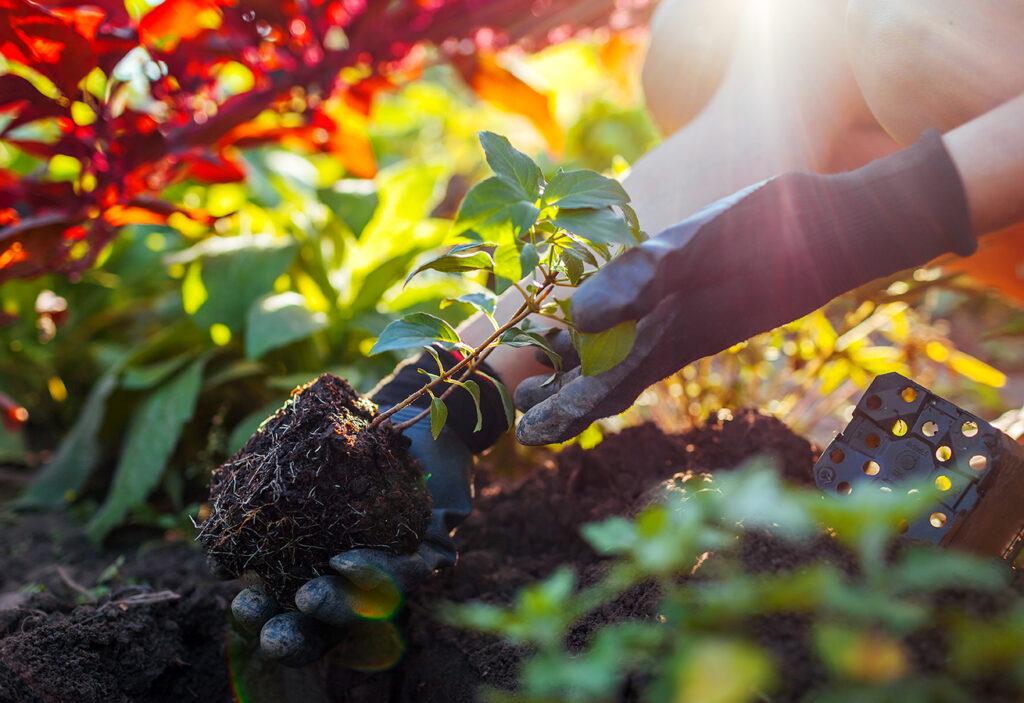
Perennials
Transplanting and dividing perennials is a favorite fall activity for most gardeners. Established gardens can become overgrown and need a little thinning to make sure they stay happy for many seasons to come. Check out local gardening groups or end of season sales at your favorite garden center for great deals on new perennials for planting too. You can plant perennials up to about six weeks before the ground freezes which is usually around mid-November for most of the country.
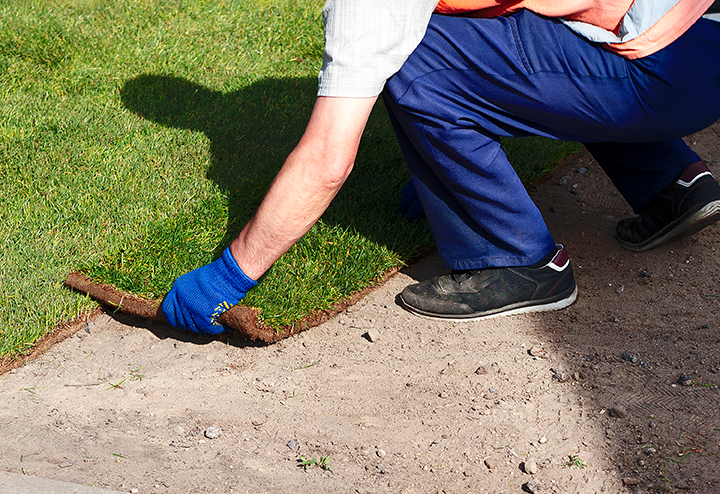
Lawn
Fall is the best time for seeding and sodding your lawn. Repair unsightly bare or bald areas with seed mix or sod appropriate for your area. Installing a new lawn when the temperatures are dropping and the ground is still warm gives time for new roots to establish before winter sets in. Take time to do the necessary prep work to make certain your newly planted lawn will succeed, coming back strong in the spring.
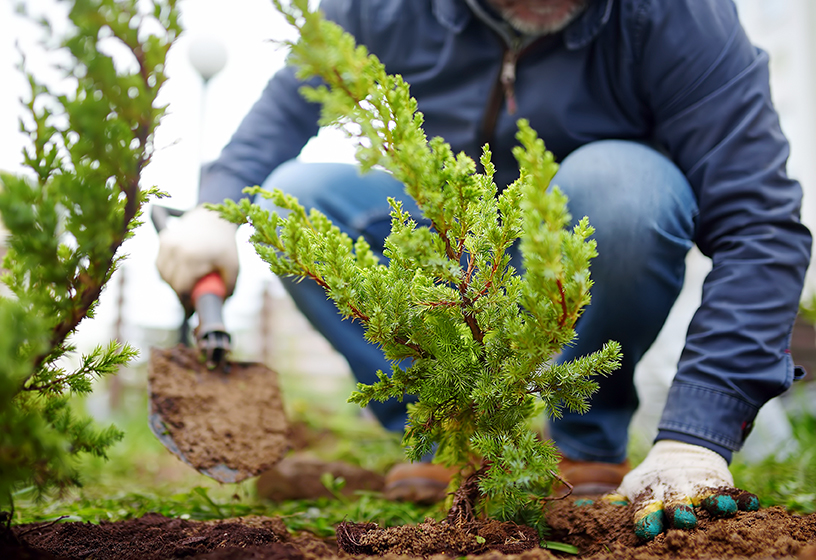
Trees and Shrubs
The cooler temperatures of autumn give your newly planted trees and shrubs time to become established before winter arrives. Think about location and mature size when planting your trees and shrubs. Trees and shrubs offer a variety of features like seasonal color, privacy, shade, flowers, and fruit, so taking time to find the one that is suited for your situation is best. Dig your hole twice the size of the root ball/container and deep enough so that when you place it in the hole, the plant is at soil level. Amend the soil if needed and water regularly until established. Protect your newly planted trees and shrubs from animals and stake if wind is an issue in your area.
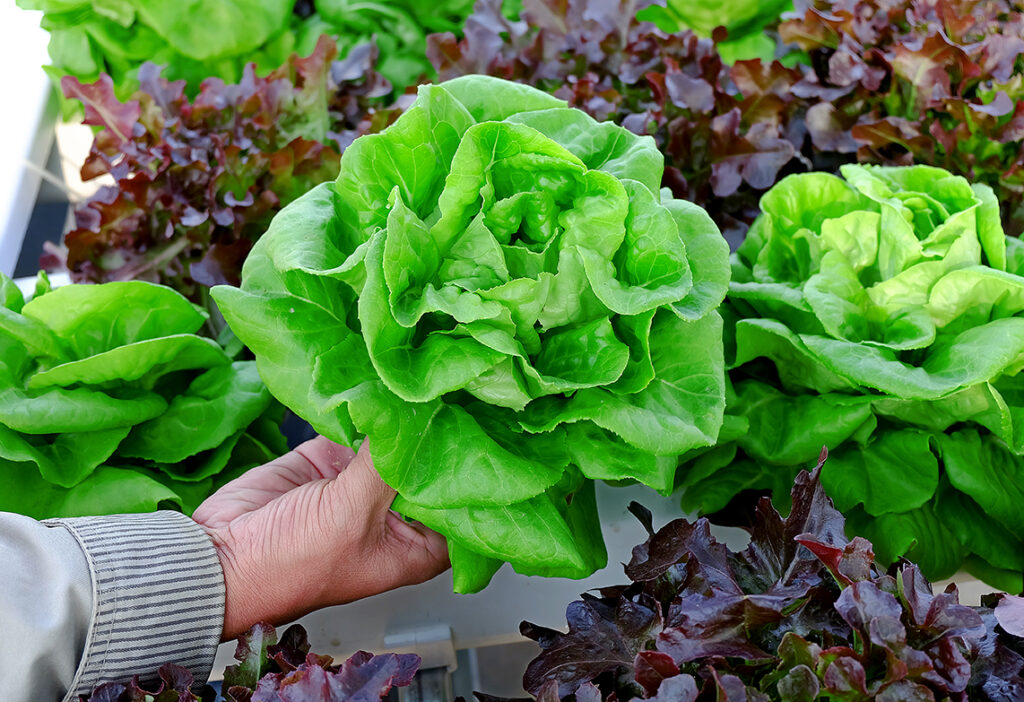
Cool Season Crops
There are more than a few vegetables that you can get started just as your summer garden is starting to wind down. Salad staples like spinach, lettuce and kale last longer in the cooler months offering a continuous harvest of greens. Planting vegetables in late summer will extend your growing season into the fall, giving you a fresh home harvest before winter arrives. As with most gardening advice, planning ahead is your best bet for a bountiful growing season. Consider the time needed to allow your plants to grow and reach full maturity for harvesting. If you have limited time, consider faster growing crops like radishes, salad greens, beets (beet greens and roots) or Swiss chard

